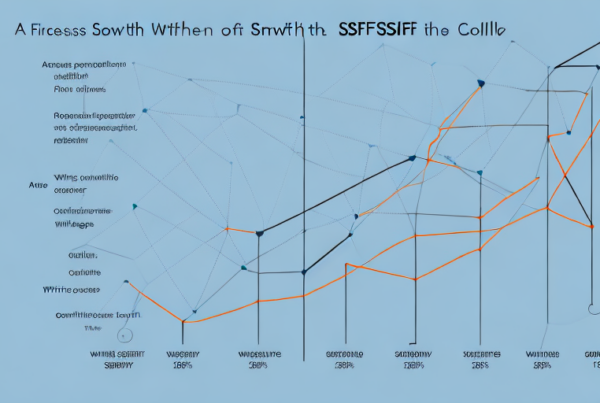SMSFs can borrow to make an investment under some very strict rules which must be followed without exception. These arrangements are known as limited recourse borrowing arrangements (LRBAs), of which the SMSF borrows to purchase a property that is held in trust on behalf of the fund.
LRBAs are commonly used by SMSF to invest in property. Setting up a SMSF to buy property requires an understanding of LRBAs. LRBAs involve complex rules and structures and require extensive legal documentation and bank loan approvals.
LRBAs essentially limit a lender’s rights against the borrower to the property that secures the loan. This means if an SMSF borrows to buy a property via an LRBA and the SMSF is unable to pay the loan, the lender can only seek compensation by taking possession of the property alone and is not able to access any of the fund’s other investments.
The LRBA rules limit the types of properties that can be acquired with funds and what can or cannot be done to the property. Properties need to be single investments, and limits apply to the types of and how repairs and improvements can be made to the property. These rules are very technical and complex and must meet property management standards.
In summary, there are five requirements for a LRBA under a SMSF:
- The SMSF property must ensure that any borrowing is applied for the acquisition of a single acquirable asset and that asset must be one which the SMSF is permitted under law to acquire. One example of potential risks in this regard is where three lots of property are to be acquired simultaneously. In this situation, if each of the three lots can be sold and dealt with separately, the ATO is likely to treat each lot as a distinct asset. The fact that the property may be used as a single commercial space does not change this outcome. In this circumstance, it would be necessary for three separate LRBAs to be established, together with three separate loans to be made. Further expansion on the requirement means the SMSF property must not use borrowed funds to make any improvements to the asset; this should instead be funded using the SMSF’s existing cash funds. As such, SMSF trustees should ensure that any repairs to their property are not substantial enough to result in a fundamental change to the character of the original ‘single acquirable asset.
- The trustee of the LRBA will hold any asset on trust for the SMSF, and the holding trust deed provides that the SMSF has a beneficial interest in each asset as the sole beneficiary.
- The holding trust deed provides the SMSF with a right to acquire the legal ownership of any asset held via the LRBA by making one or more payments.
- The rights of the lender against the SMSF trustee for any default on the borrowing are usually contained in the loan agreement and must be limited to the rights relating to the particular asset, such that the lender has limited recourse against the interest held by the SMSF.
- If the SMSF has rights relating to the asset, the LRBA must be structured so that the rights of the lender are limited to the rights relating to the asset.
An LRBA should only be utilised when it is the right structure for an SMSF based on SMSF Specialist advice. Some very important considerations in addition to the ones above include:
- Can the SMSF maintain the loan repayments over a long period of time, considering asset returns, interest rates, liquidity, and contributions caps?
- Evaluating set-up costs and structures.
- Is the title of ownership held in the correct name, as per the LRBA requirements?
- Is the SMSF property valuation accurate?
- The SMSF cannot use borrowed money to improve the asset or change the nature of the property at any time.
- Does the SMSF meet the strict bank lending requirements?
- Typically, lenders require the SMSF to have a minimum of net assets of $200,000 or more and for the loan to have a loan to value ratio below 70%.
- What happens to the LRBA when the loan is fully repaid?
There are also no rules about who the lender can be under a LRBA. As such, the lender can be a member or a related party of the SMSF. However, the loan between the SMSF trustee and the lender must reflect market conditions for similar arrangements, including the interest rate, rate of repayment, any defaulting rate of interest and the term of the loan.
In short, if the lender is a relation of the SMSF, the loan must be held at arm’s length and fall under the ATO’s Safe Harbour Guidelines set out in its Practical Compliance Guidelines (PCG) 2016/5.
At NumberSuper we will set up the Holding Trust and Corporate Trustee and arrange all the necessary paperwork to establish a LRBA for your fund. Contact the team at NumberSuper to find out more.




